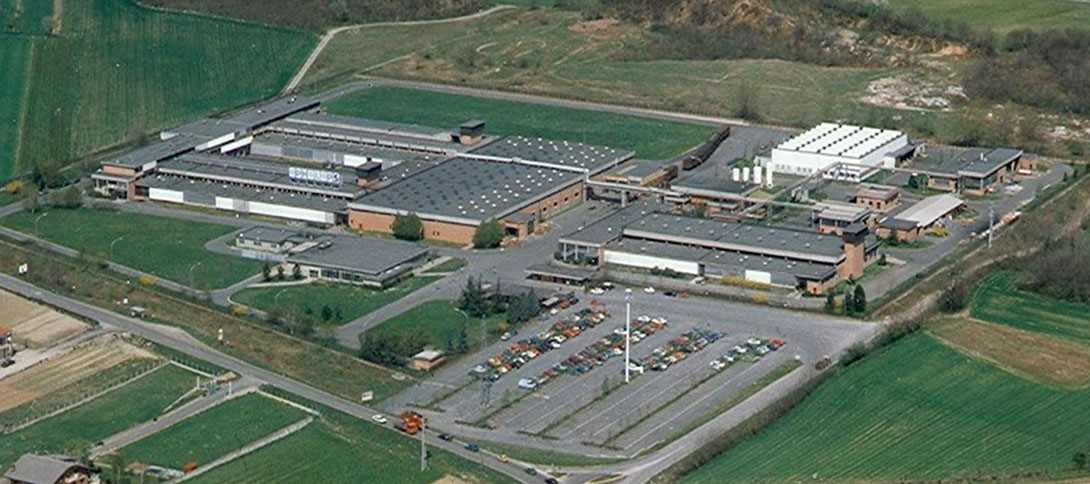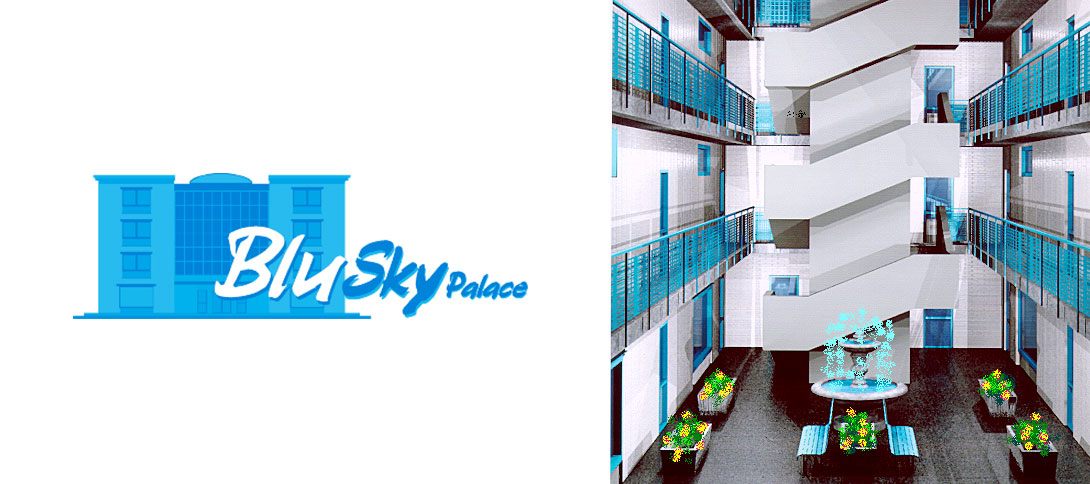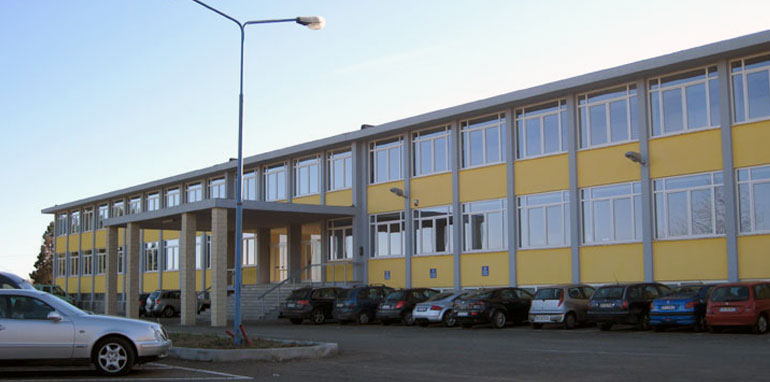Keeping
the Heritage alive
Alpignano Industrial Park
Alpignano Industrial District
The Construction division works in a perspective of integrated policy with local development, for the recovery and redevelopment of disused areas.
Our work aims to meet the needs of creating new forms of urban expansion: hence our restoration challenge.
The goal is to redevelop large spaces and recover industrial buildings using methods that are attentive to environmental and social compatibility. Disused production plants are often located in areas of strategic value, and to be recovered they require specific solutions for the reintegration of other functions, activities, and utilities. The recovery of these areas represents an opportunity for local development with economic and social positive repercussions.
For these reasons, we proudly completed the total restoration of two
historical industrial areas: the Alpignano Industrial Park and the Industrial District of Alpignano.
Specifically, we worked on the Alpignano Industrial Park, a disused area where production activities had ceased and that needed a functionalisation intervention, and on the current Industrial District, an area where we intervened with a reclamation work.
We favour urban reuse, applying integrated urban transformation principles, attentive to environmental compatibility and the needs of the new settlement system.
These are the reasons why we consider disused industrial urban areas important, if not crucial, locations for the future of cities.
Recovery of industrial buildings
Alpignano Industrial Park
The reconversion of the Philips industrial plant in Alpignano is a project started in 1996 and successfully completed in 2004.
Reconverting the historical, largest Philips plant in Europe for the production of light bulbs was an operation carried out with great attention to the industrial culture of Alpignano.
Alpignano has in fact a lighting culture that dates back to 1886, when Alessandro Cruto, inventor of the incandescent electric lamp, established there the first light bulb factory in Italy.
Successfully restoring this territory has meant safeguarding an affective asset for the city’s identity. The operation included in fact the complete restructuring of the building and the relocation of the redundant staff. With satisfaction we can say we have created the current Alpignano Industrial Park, an industrial, commercial, and shared services centre that today counts about 500 employees.
Industrial District
The Industrial District is a project born in 2007, with the aim of completely reconverting the area previously occupied by the company Pistone Borgo, which then became Federal Mogul Powertrain, both operating in the production of engine pistons. Thanks to the collaboration with Regione Piemonte, the Province of Turin, and the City of Alpignano, and the agreement with the trade unions, we have redeveloped the area, which was in difficult conditions and with a very strong need for reclamation, assigning it a new function and relocating the present staff.
By creating the Industrial District, we have achieved the goal of transforming a disused area into what is today a production complex entirely occupied by companies and tertiary businesses with a total number of about 350 employees. A point of strength and heritage that characterise and add value to our territory.
1996
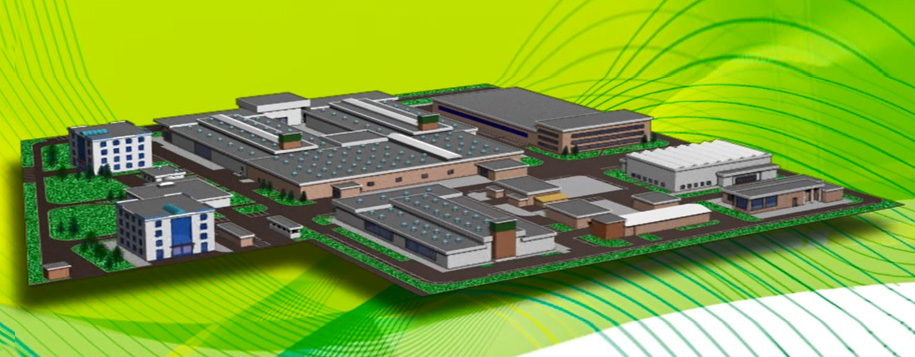
Former Philips plant – The redevelopment works of the light bulbs production plant in Alpignano begin
1999-2002
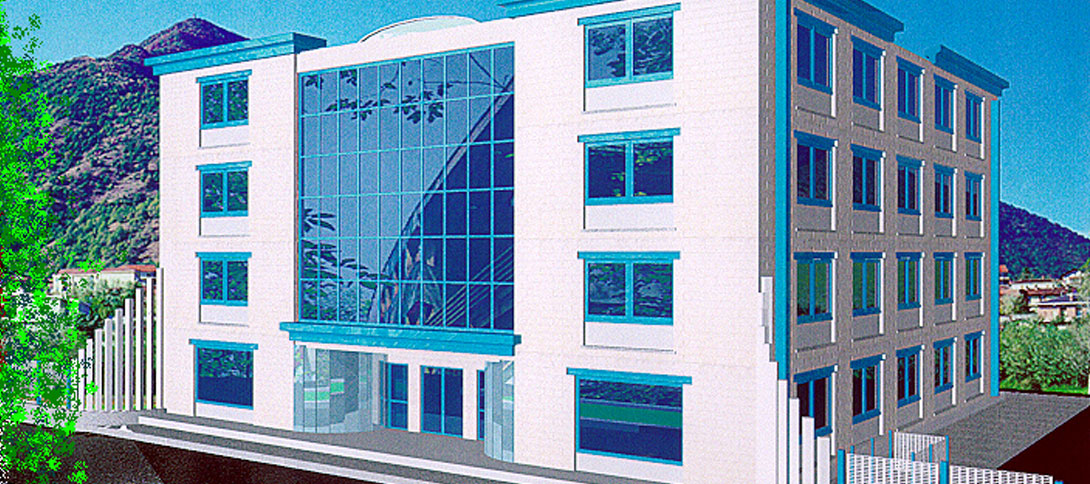
The new Blu Sky buildings are built
2004

Alpignano Industrial Park – The area is completed, hosting 30 companies and employing 500 people
2008
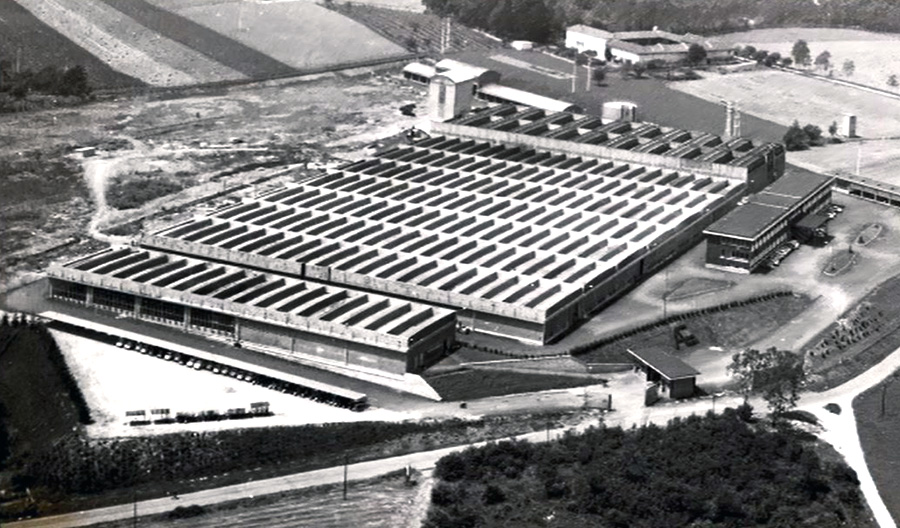
Former Pistone Borgo plant – The redevelopment works of the production plant that later became Federal Mogul begin
2010
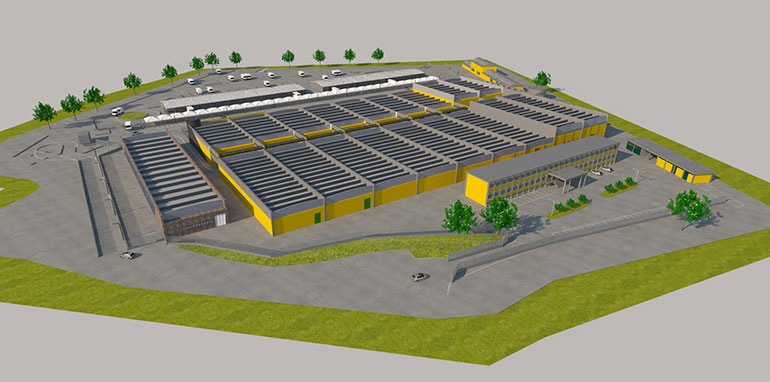
Industrial District – The area is completed, hosting 15 companies and employing 350 people.


